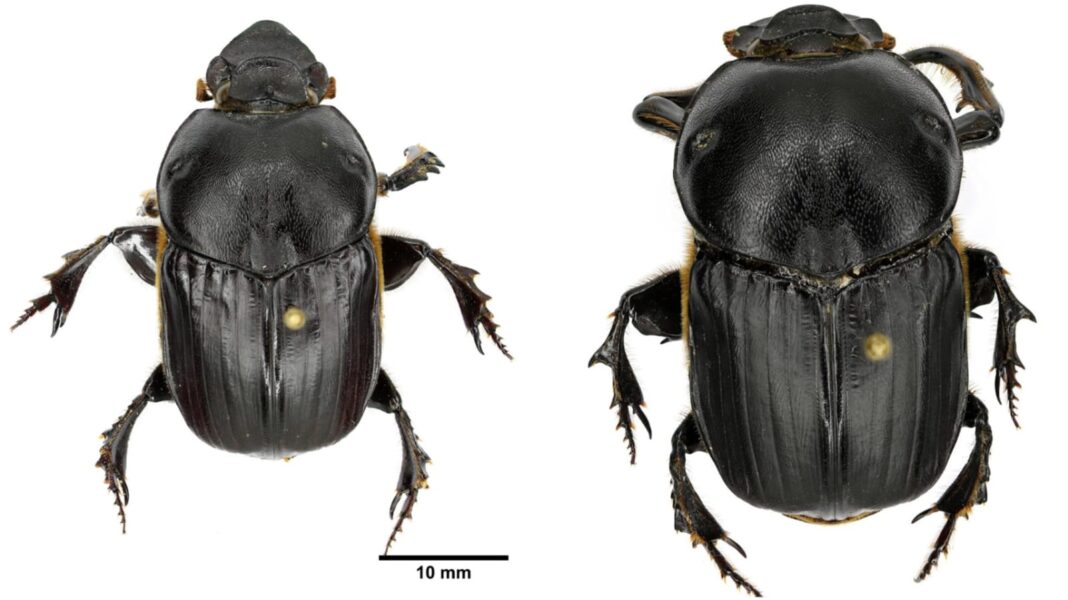Guwahati, Sep 12: What did researchers find from an elephant dung in the wilds of Meghalaya?
Any guesses? A dung beetle species which was earlier found only in Vietnam and Thailand.
A study done by Seena Narayanan Karimbumkara and Priyadarsanan Dharma Rajan Ashoka Trust for Research in Ecology and the Environment (ATREE) has found a dung beetle species- Onitis bordati from a bamboo dominated secondary forest near Nongkhyllem Wildlife Sanctuary.
Situated in the Ri-Bhoi district near Lailad village and spread over an area of 29 sq. km, Nongkhyllem Wildlife Sanctuary is one of the famous attractions of Meghalaya.
The sanctuary supports fauna such as Clouded Leopard, Elephants and Himalayan Black Bear. Among the birds, the rare species spotted here is the Great Slaty Woodpecker.

The study done by Seena Narayanan Karimbumkara and Priyadarsanan Dharma Rajan of ATREE says Onitis bordati was previously unknown in the Indian subcontinent and this expands the known range of the species, marking its first documentation in India.
WHAT ARE DUNG BEETLES: Dung beetles are beetles that feed on faeces. Some species of dung beetles can bury dung 250 times their mass in one night. Dung beetles are known to carry out a range of ecosystem functions such as secondary seed dispersal, bioturbation, nutrient cycling, plant growth, pest and parasite control, and trophic regulation, many of which support key ecosystem services.
The species belonging to the genus Onitis are tunnellers and the males of most species possess forelegs which are long, slender and curved, usually with teeth or spines, the function of which is unclear, probably for holding the female while mating.
The research, based on specimens collected over two decades, contributes to the growing understanding of India’s insect biodiversity and emphasizes the need for conservation efforts in these ecologically fragile areas. Specimens were collected from open cow dung baited traps, and light traps and hand-picked from other herbivore dung.
“These findings emphasize the importance of preserving habitats in northeastern India, as we are still uncovering species that play critical roles in their ecosystems,” said Dr Seena Karimbumkara, lead author of the study.
With ongoing habitat destruction and climate change threatening biodiversity, this research underscores the urgency of protecting and restoring natural habitats. ATREE will advocate for sustainable conservation strategies that engage local communities in protecting the rich biodiversity of regions like Assam and Meghalaya.
WATCH:
Find latest news from every corner of Northeast India at hubnetwork.in, your online source for breaking news, video coverage.
Also, Follow us on-
Twitter-twitter.com/nemediahub
Youtube channel- www.youtube.com/@NortheastMediaHub2020
Instagram- www.instagram.com/ne_media_hub
Download our app from playstore – Northeast Media Hub





